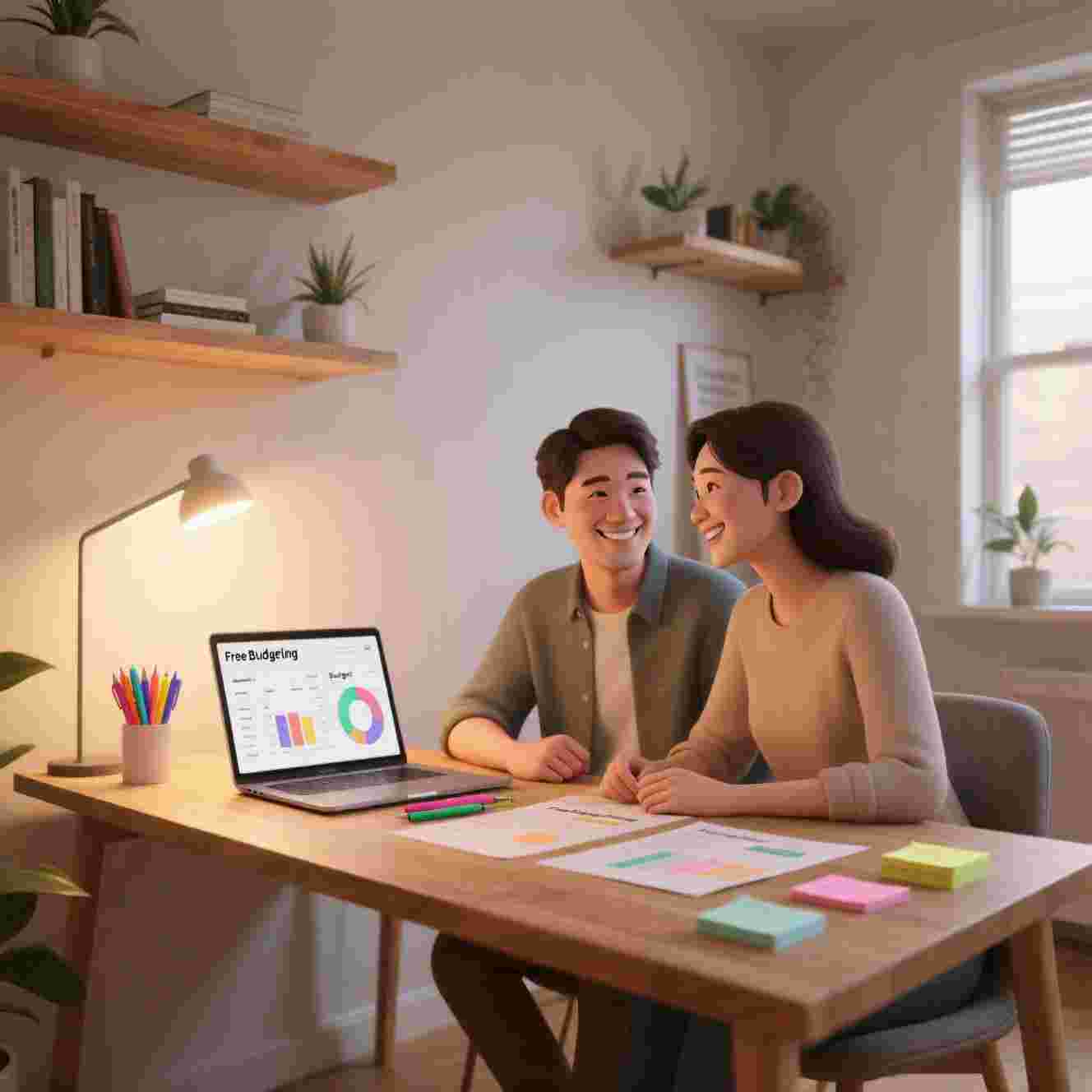The Environmental and Economic Benefits of Buying Used: Why Second-Hand Purchases Make Sense

In an era of increasing environmental awareness and economic uncertainty, consumers are seeking sustainable and cost-effective alternatives to new products. Purchasing used or second-hand items—such as cars, furniture, electronics, and clothing—offers significant ecological and financial advantages. This article explores the benefits of buying pre-owned goods, providing insights into how this practice can reduce waste, lower costs, and promote a circular economy.
Environmental Benefits
1. Reduction in Resource Consumption
Manufacturing new products requires raw materials, energy, and water. By opting for second-hand items, consumers help decrease demand for new production, thereby conserving natural resources. For example:
-
Cars: Producing a single new vehicle generates approximately 5-6 tons of CO₂ emissions (International Energy Agency). Buying used extends a car’s lifespan, delaying the need for new manufacturing.
-
Furniture: The furniture industry contributes to deforestation and chemical pollution. Second-hand purchases reduce the demand for new wood, metals, and synthetic materials.
2. Lower Carbon Footprint
Transporting and manufacturing new goods contributes significantly to greenhouse gas emissions. Used items, already in circulation, require no additional production-related emissions. A study by MIT’s Center for Transportation & Logistics found that buying a used car instead of a new one can reduce lifetime emissions by up to 30%.
3. Waste Reduction & Landfill Diversion
The EPA estimates that over 12 million tons of furniture and furnishings end up in U.S. landfills annually. By purchasing second-hand, consumers help divert usable goods from landfills, reducing environmental strain.
Economic Advantages
1. Cost Savings
Used items are typically 30-70% cheaper than new equivalents. Key examples:
-
Cars: A three-year-old used car can cost 40-50% less than its new counterpart while offering similar reliability (Edmunds).
-
Furniture: High-quality vintage or lightly used furniture often costs a fraction of retail prices.
2. Lower Depreciation Losses
New cars lose 20-30% of their value in the first year and up to 50% in three years (Carfax). Buying used allows buyers to avoid the steepest depreciation hits.
3. Access to Higher-Quality Goods at Lower Prices
Second-hand markets often feature well-made, durable items (e.g., solid wood furniture, luxury vehicles) at affordable prices—goods that might be unattainable if purchased new.
Practical Tips for Buying Used
-
Inspect Before Purchasing
-
For cars: Check maintenance records, get a pre-purchase inspection.
-
For furniture: Look for structural damage, pests, or odors.
-
-
Buy from Reputable Sources
-
Certified pre-owned (CPO) vehicles from dealerships.
-
Trusted thrift stores, consignment shops, or online platforms (e.g., Facebook Marketplace, Craigslist, OfferUp).
-
-
Negotiate Prices
-
Used goods often have flexible pricing—don’t hesitate to bargain.
-
-
Consider Refurbished Electronics
-
Many retailers sell refurbished laptops, phones, and appliances with warranties at lower prices.
-
Conclusion
Choosing second-hand products is a powerful way to reduce environmental impact while saving money. From lowering carbon emissions to avoiding rapid depreciation, the benefits of buying used extend beyond individual savings to broader ecological and economic gains. By making mindful purchasing decisions, consumers can contribute to a more sustainable future—one pre-owned item at a time.
Call to Action
Before your next major purchase, explore second-hand options. The planet—and your wallet—will thank you.






